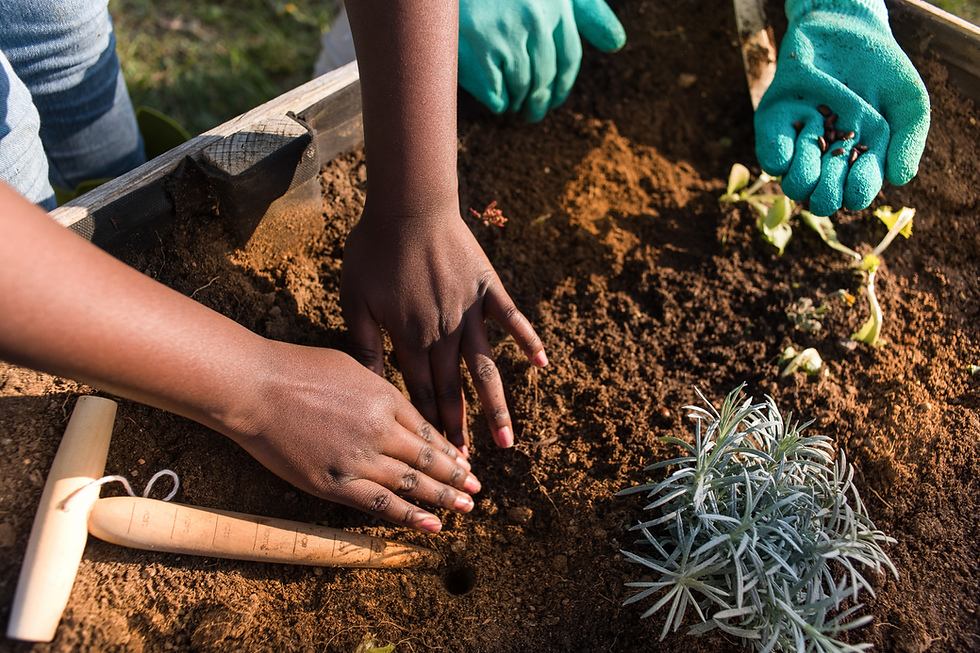Companion Planting
- Leah Todd

- Apr 7
- 2 min read
Maybe it’s the Martha Stewart influence, but as I was planning my garden this year, it struck me how I like to consider companion planting when deciding what to grow. Companion planting, also known as intercropping is an agricultural technique used by many Native American tribes. The practice mimics how different species are grown together to help prevent soil exhaustion. In other words, some plants naturally do better next to each other. Then I got sidetracked. I started to draw parallels between planting and personal relationships. I was thinking, for example, mutual benefit. In companion planting, certain plants thrive when placed near others, offering benefits like pest control, nutrient sharing, or physical support. Similarly, healthy relationships involve mutual support, where individuals uplift and benefit each other. Just as some plants deter pests for their neighbors, good relationship partners can help shield us from negativity.

Not all plants work well together; some may compete for resources or inhibit growth. This mirrors human relationships, where compatibility is crucial for harmony. Just as some plant combinations enhance flavors, some people combinations enhance life experiences. What's most important for me is balance. A successful garden requires a balance of different plants, each contributing to the ecosystem. Likewise, healthy partnerships require a balance of give and take, with each person contributing their strengths.
There are vast differences between plants and people, but one especially came to mind. Humans can choose their relationships and actively work on them, while plants are subject to their environment and the gardener’s decisions. That’s how I got back to deciding where to plant what. While the analogies aren’t perfect, they highlight the importance of creating supportive and stable environments, whether in a garden or in our personal lives. I am trying to do both.




Comments